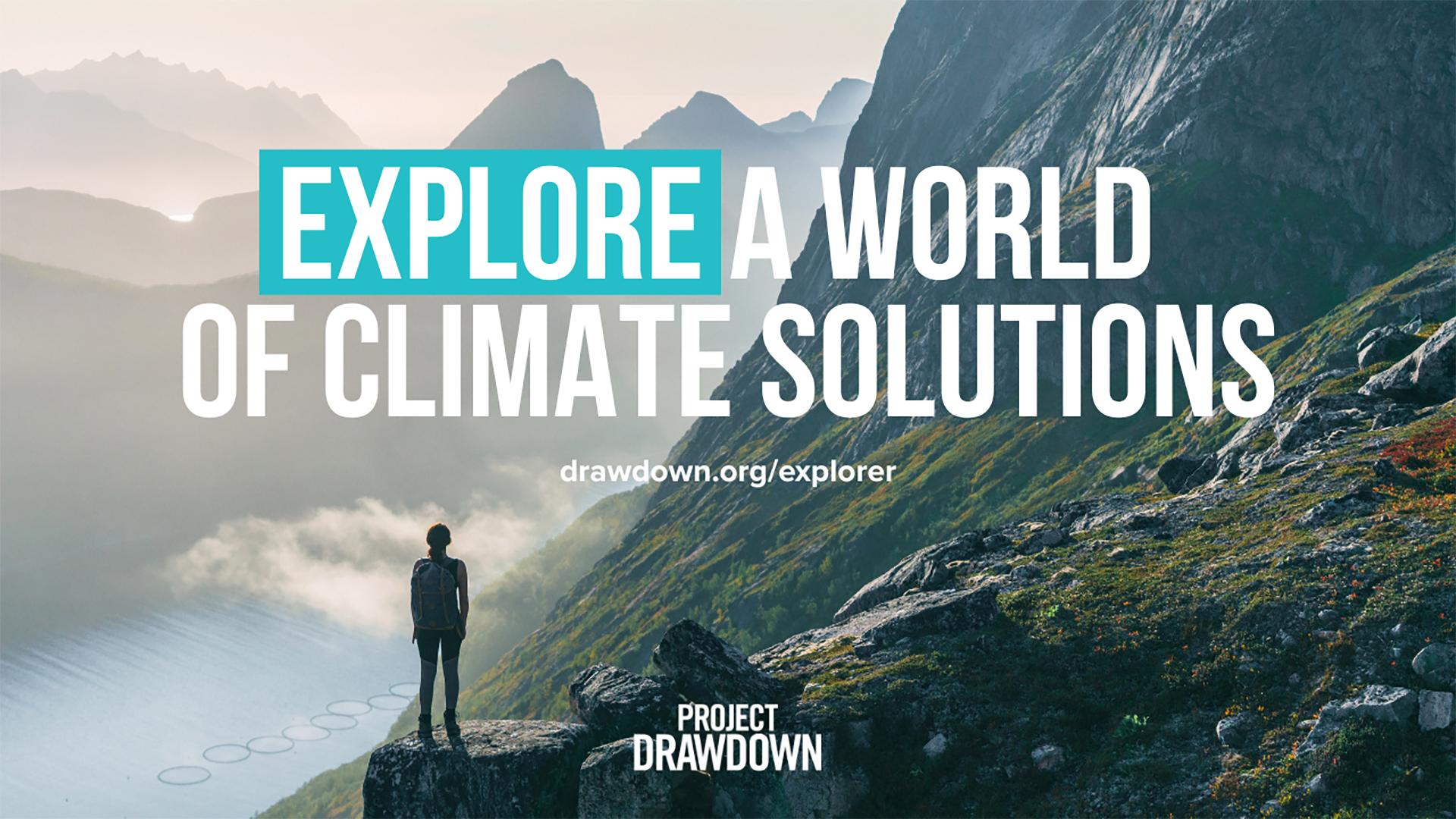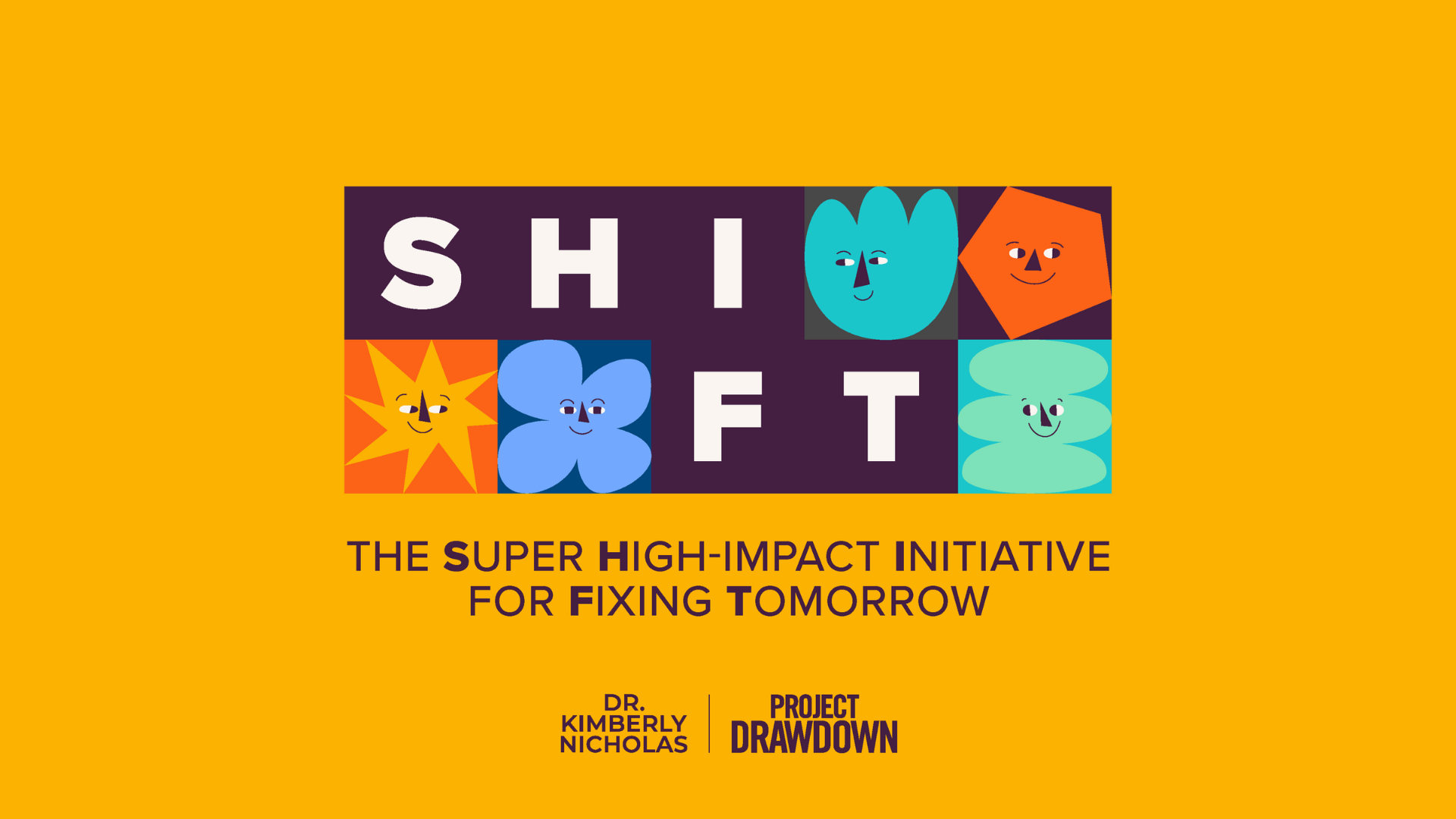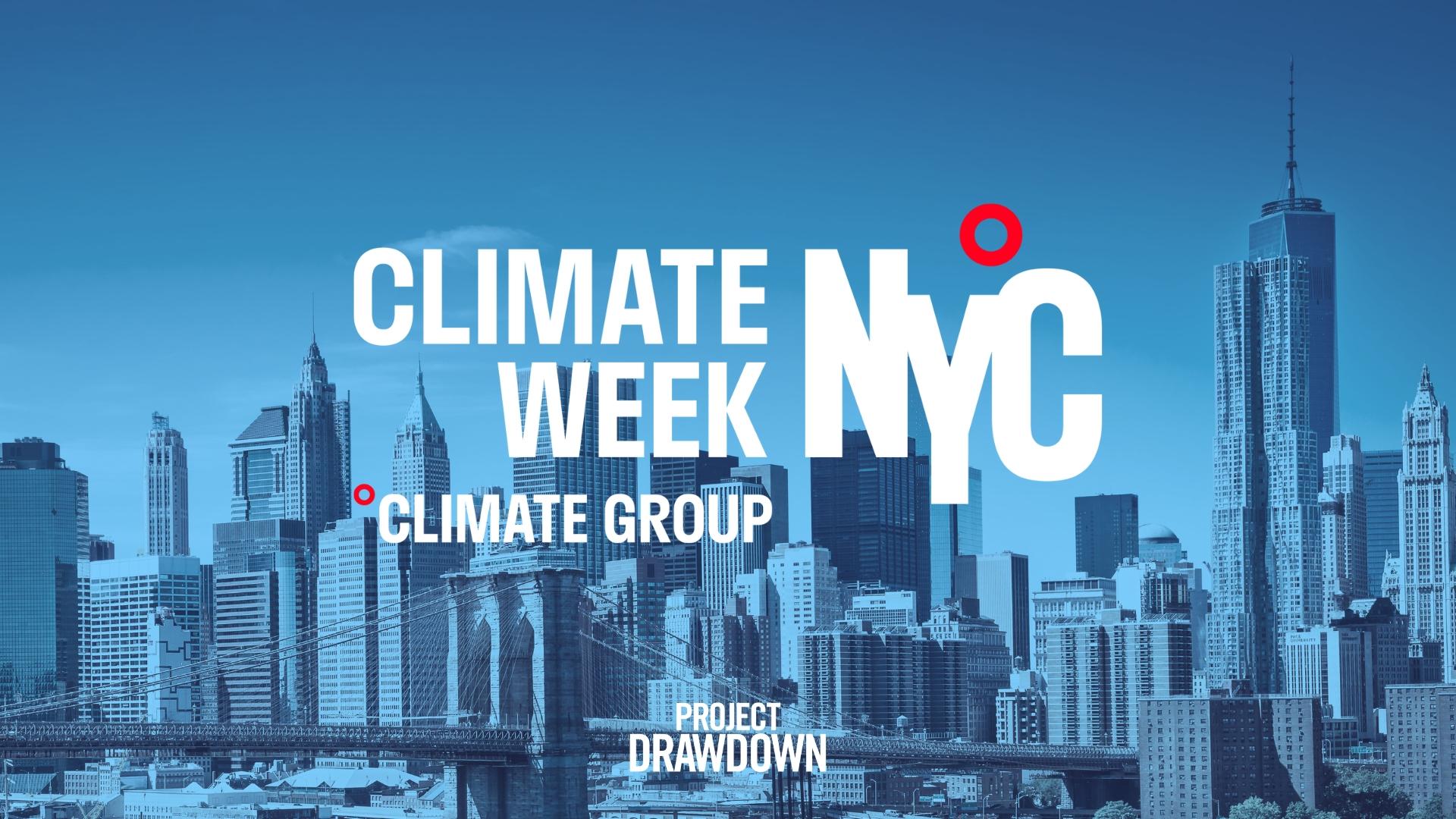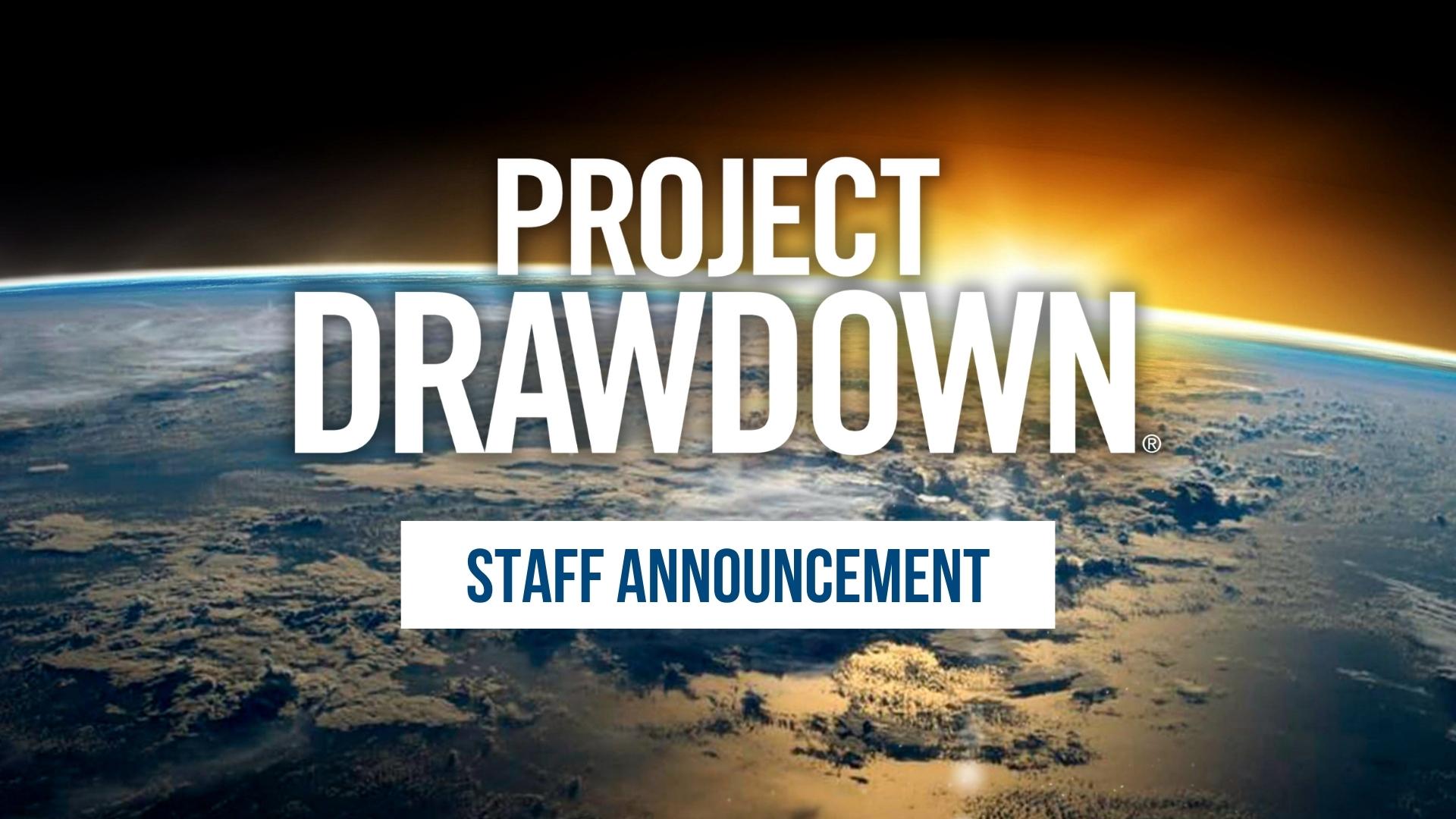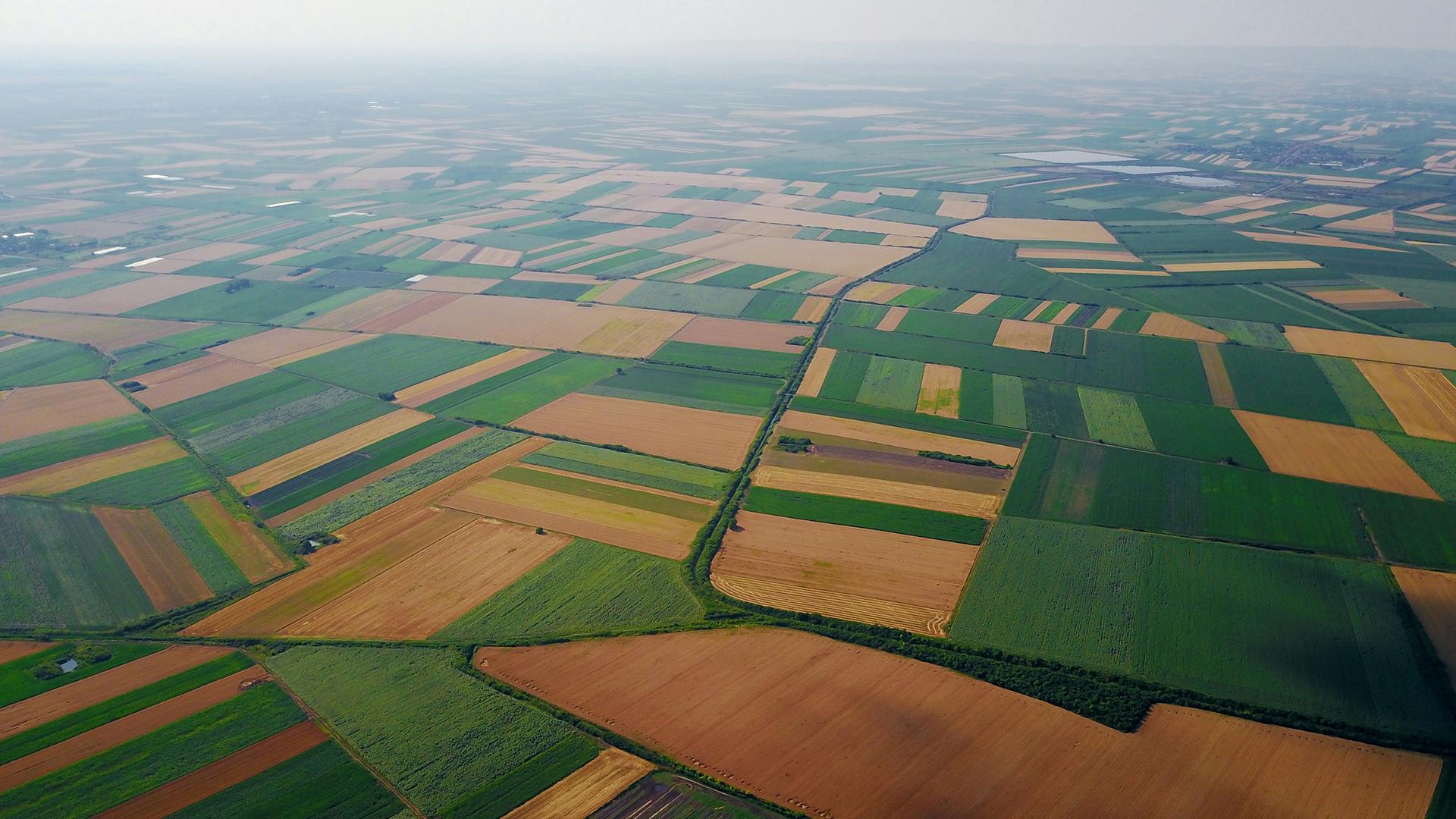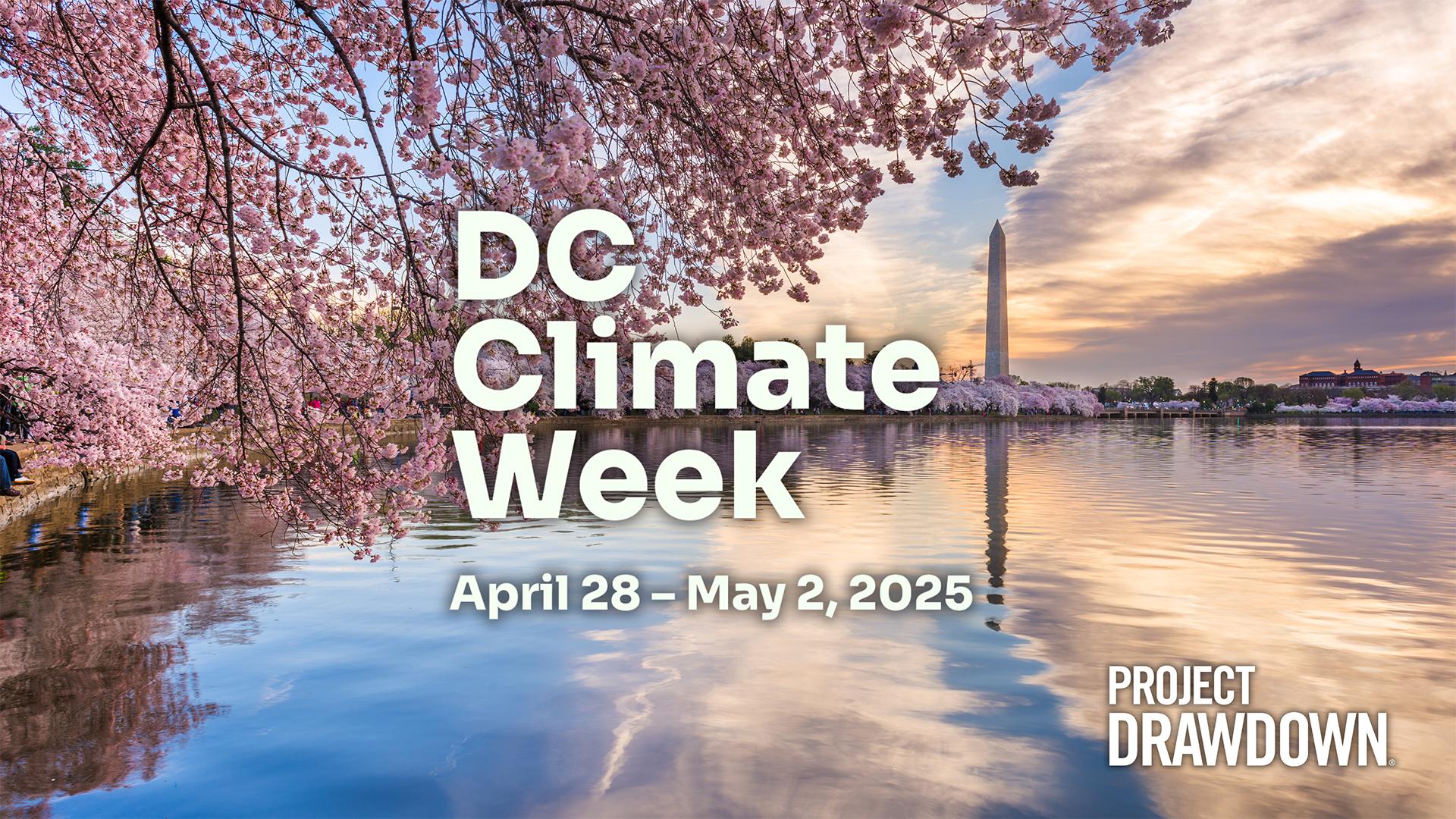To learn more about Project Drawdown’s efforts to halt climate change, sign up for our newsletter. For journalists, check out our annotated list of available Project Drawdown experts and request an interview by emailing press@drawdown.org.
News Updates
Project Drawdown is the world’s leading guide to science-based climate solutions. The news updates below show how we're working to build a better tomorrow for people and our planet.






